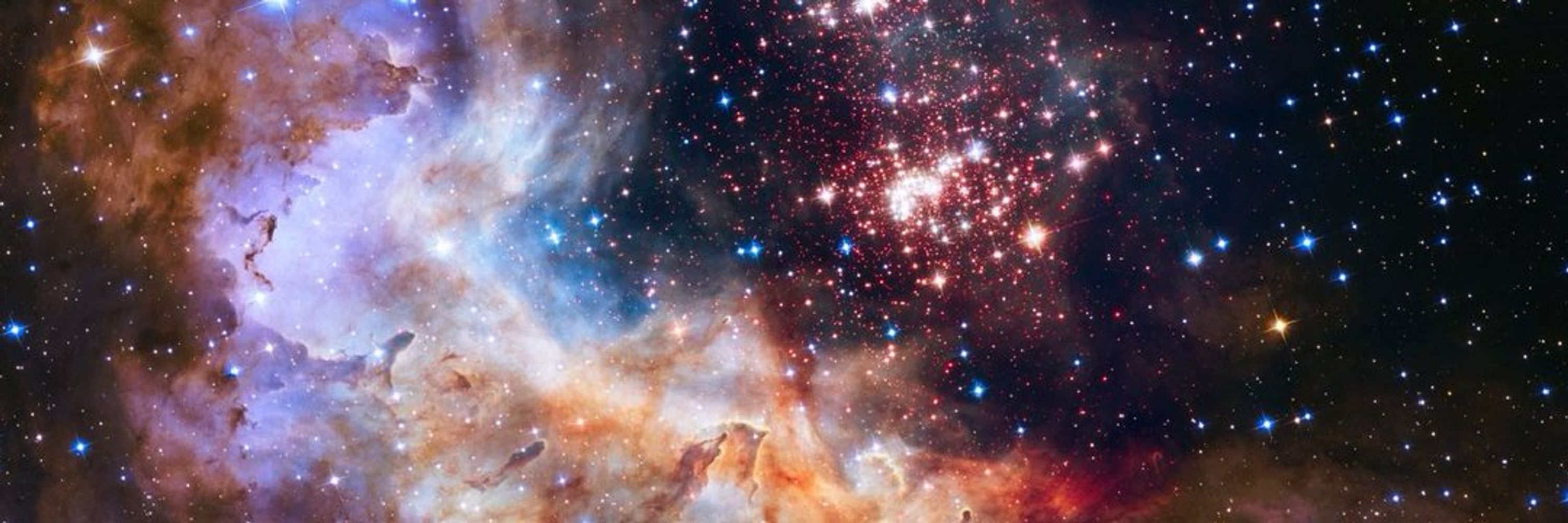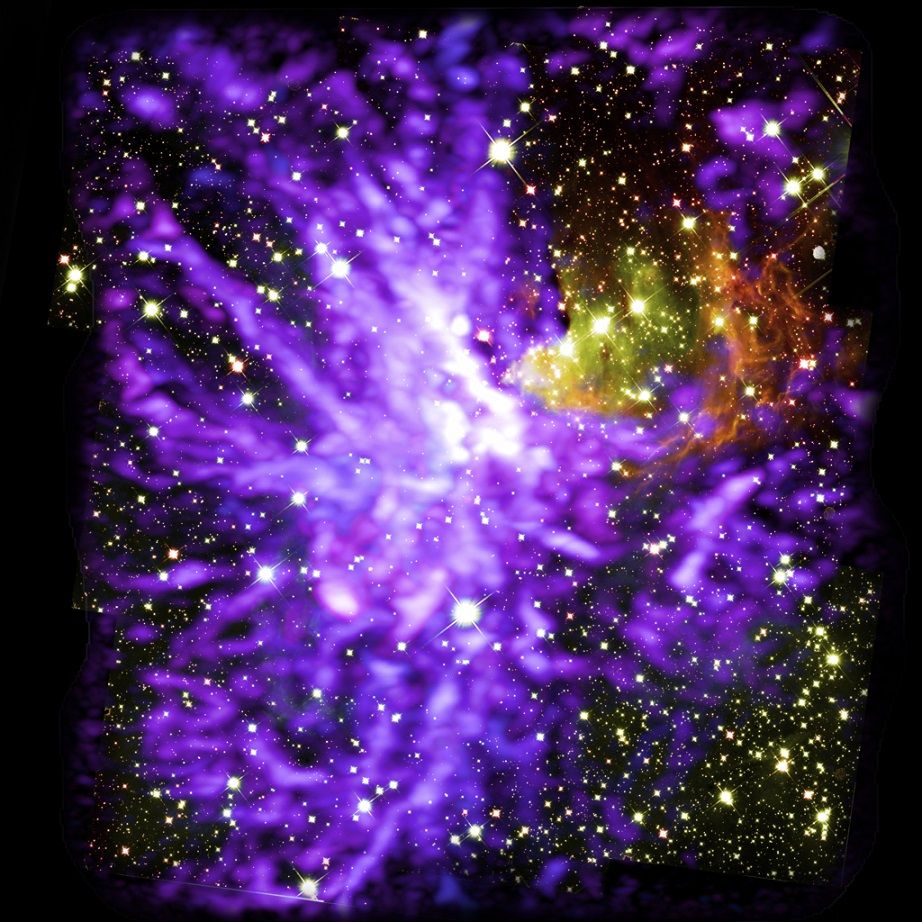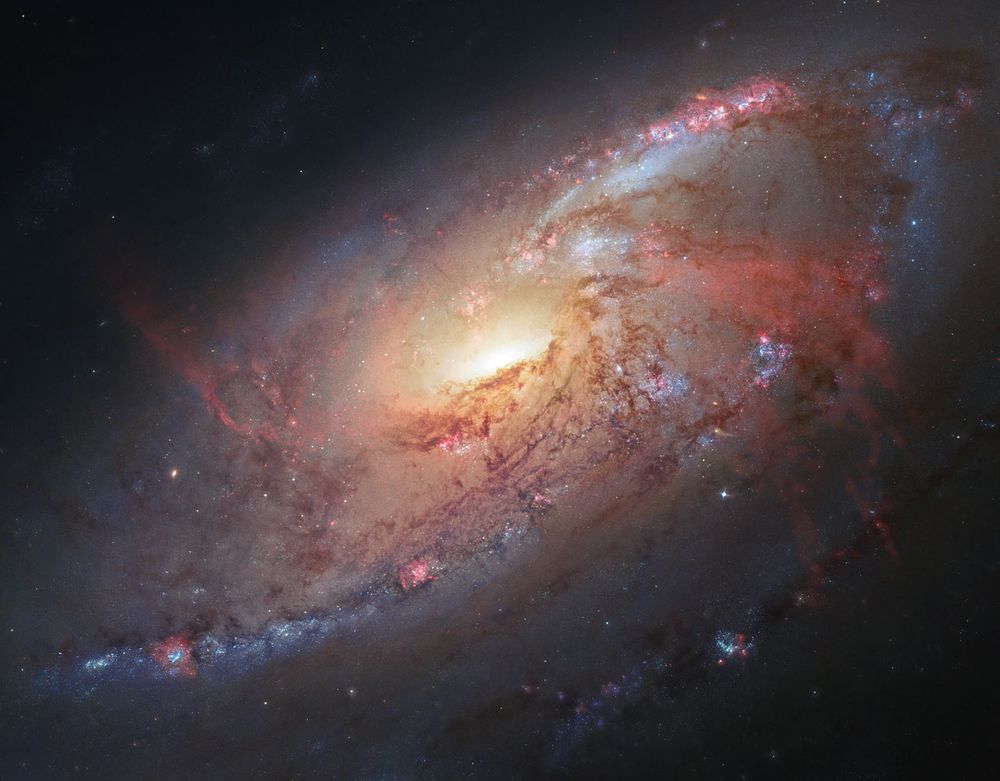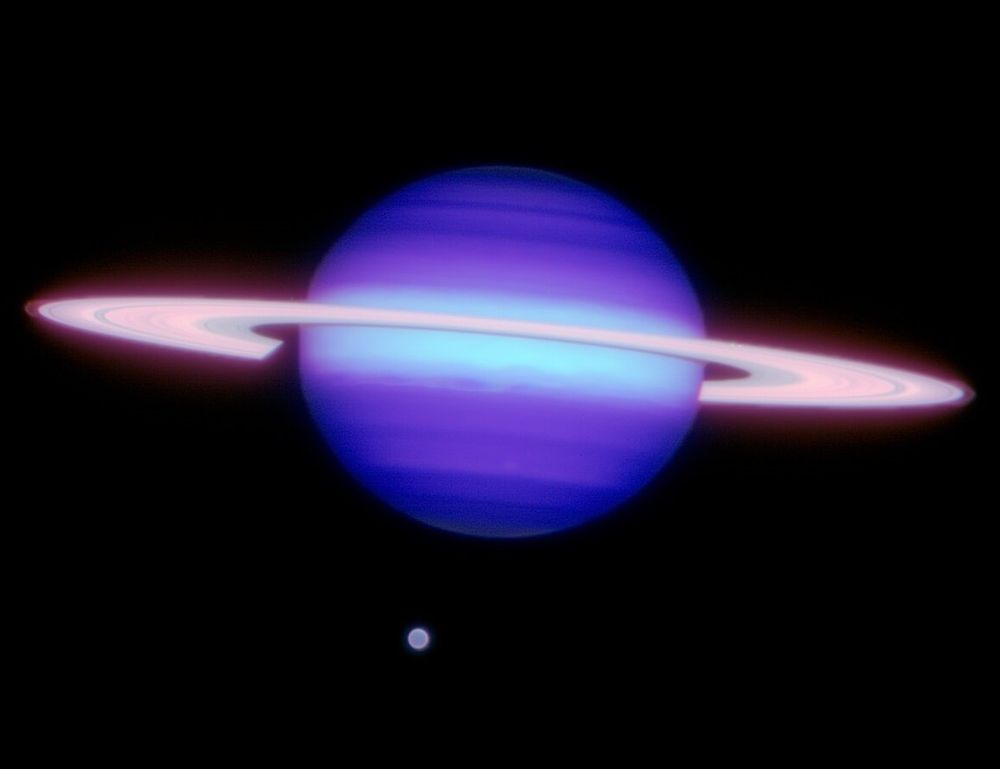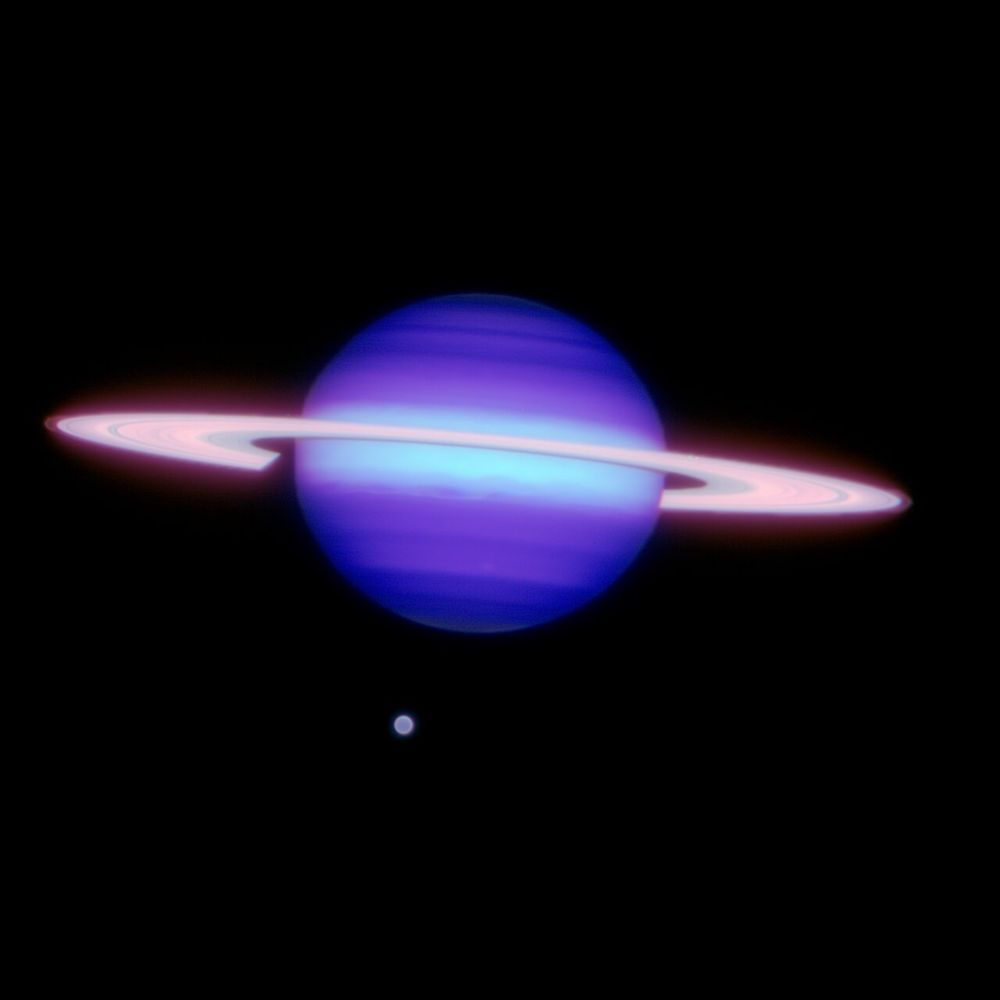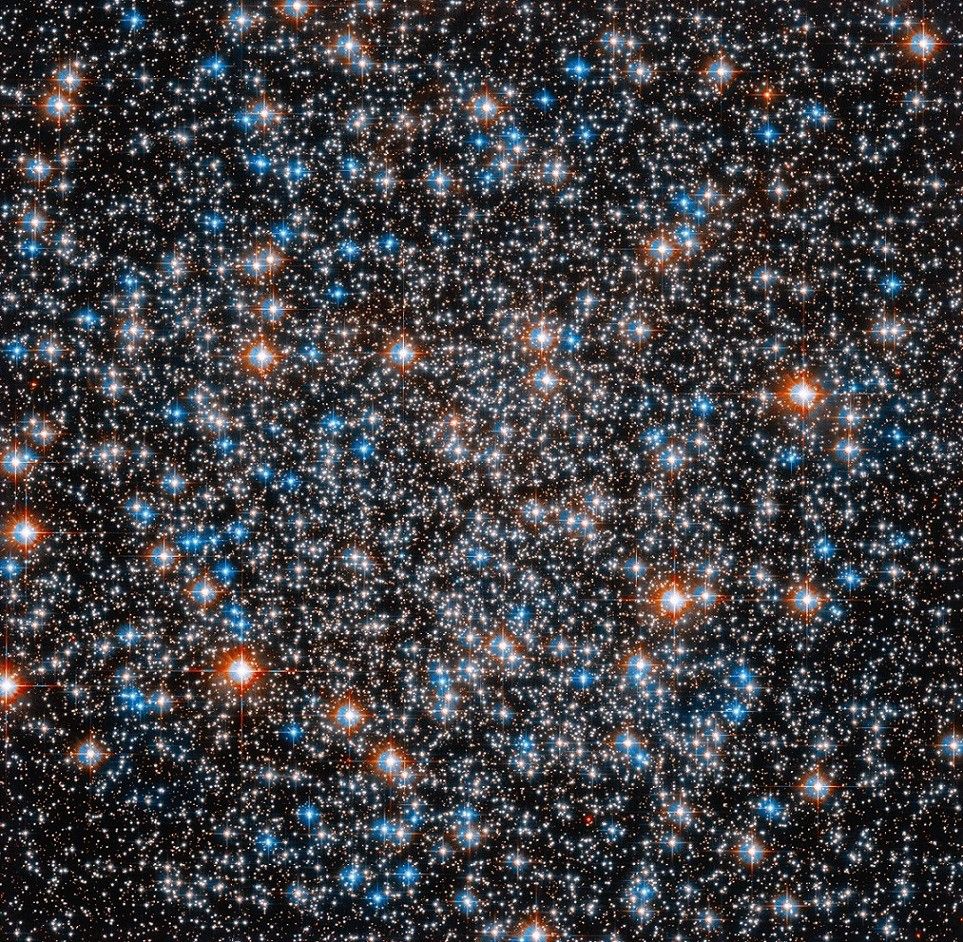Nereide
Physicist interested in Astrophysics and Particle Physics| Research in Math and Science Edu| Math and Science Writer| Teacher and Teacher Trainer| WomenInSTEM
My science blog: tutto-scienze.org
More about me: x.com/settings/bio
- 🧵 A research team created a multiwavelength mosaic by combining more than 750 observations of star cluster G286.21+0.17: the result is this splendid image recalling purple cosmic fireworks. ➡️ public.nrao.edu/news/image-r... The image of G286.21+0.17, 🔭 🧪 #stellarastro #science #Astronomy #space
- [Not loaded yet]
- 6/ demonstrates the potential of synergies between instruments such as #ALMA and #Hubble to study complex cosmic phenomena. Image full credit: ALMA (ESO/NAOJ/NRAO), Y. Cheng et al.; NRAO/AUI/NSF, S. Dagnello; NASA/ESA Hubble 🔭 🧪 #stellarastro #science #Astronomy #space
- 🧵 This colour image, combining #Hubble observations with further info by Robert Gendler & Jay GaBany, shows an incredible view of Messier 106 (M106 or NGC 4258), an intermediate spiral galaxy in Canes Venatici. ➡️ esahubble.org/news/heic1302/ 🔭 🧪 #extragalactic #science #astronomy #space
- [Not loaded yet]
- 5/ (The word maser stands for "Microwave Amplification by Stimulated Emission of Radiation"). Another feature of this galaxy is that instead of two spiral arms, it appears to have four. (chandra.harvard.edu/photo/2007/n...). 🔭 🧪 #extragalactic #science #astronomy #space
- [Not loaded yet]
- 3/ M106 is one of the brightest members of the Coma-Sculptor Cloud and contains at its core an active supermassive black hole (SMBH), where vast amounts of glowing gas are thought to be falling into. This makes M106 one of the closest examples of the Seyfert class of galaxies. The central SMBH 🔭 🧪
- 1/2 This impressive composite image of #Saturn and its moon #Titan was obtained on 7 May 2009 with the Gemini North telescope using the Altair adaptive optics system with the Near-infrared imager (NIRI). ➡️ noirlab.edu/public/image... 🔭 🧪 #planetsci #science #solarsystem
- [Not loaded yet]
- *always
- 2/2 Whole Credit: International Gemini Observatory/AURA/Henry Roe, Lowell Observatory/Emily Schaller, Institute for Astronomy, University of Hawai‘i. Related release➡️ noirlab.edu/public/news/...
- 🧵 This splendid image from Hubble’s Messier Catalog shows only a portion of Messier 55 (M55 or NGC 6809), a globular cluster containing 100,000 stars. ➡️ science.nasa.gov/mission/hubb... Credit: NASA, ESA, A. Sarajedini (FAU), and M. Libralato (STScI, ESA, #JWST); Image Processing: G. Kober 🔭 🧪
-
View full thread3/4 Variants: More complex models, such as N-body or Monte Carlo (e.g. codes such as NBODY6 or MOCCA). - Synthetic Stellar Population Models: e.g. Galaxev or FSPS - Flexible Stellar Population Synthesis)⤵️
- 4/4 Theoretical models are calibrated on well-studied clusters, where direct star counts in central regions (with telescopes such as Hubble) confirm the indirect estimates. These data help validate IMF and dynamical models for similar clusters. (You're welcome!)
